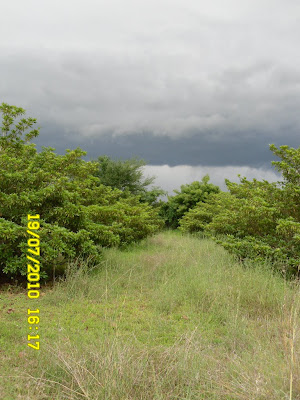as we grow more grains and spices, we need to process them (de-husking, powdering, etc).
and to be reliant on our muscle power is the way to go.
so here is the line up. tamil name in bracket.
from left - idli batter grinder (aatu kal aka oral), grain grinder (enthiram), another design of idli batter grinder (aatu kal), wet masala grinder (ammi) and dry spices grinder (enthiram).


and we did the experiment with grinding wheat on the enthiram yesterday and here is the simple comparison between shop bought atta (left) and home ground atta (right) - ultra superfine shop atta vs micro fibrous home ground atta.

as a gentle aside on the benefits of home grinding, i quote from a research in rajasthan.
2 villages - one had an atta mill and the other did not, so they used the manual chakki.
comparing the delivery of babies, it was found that all the women using the manual chakki had a normal delivery and the women from the atta mill village had a majority of C-sections.
go figure.















































